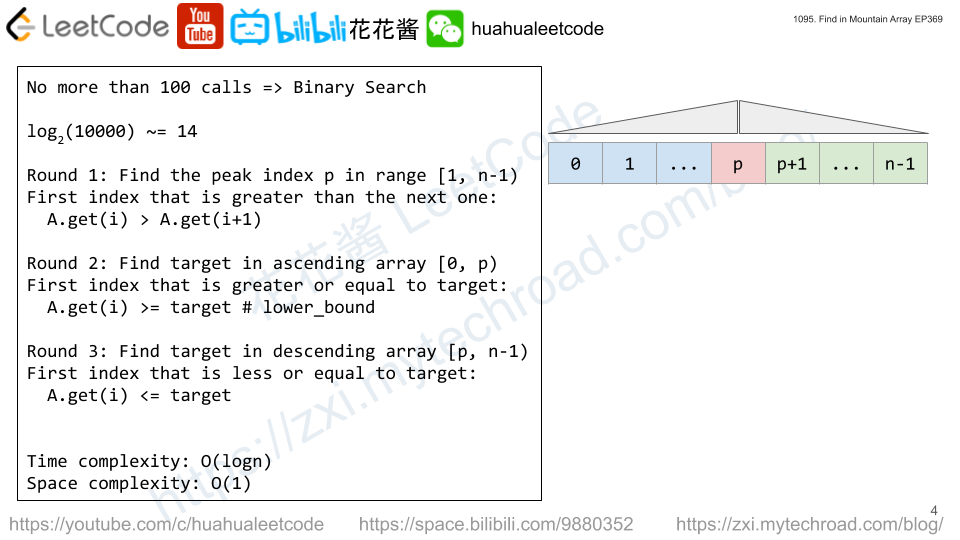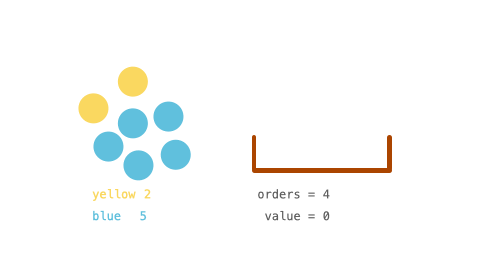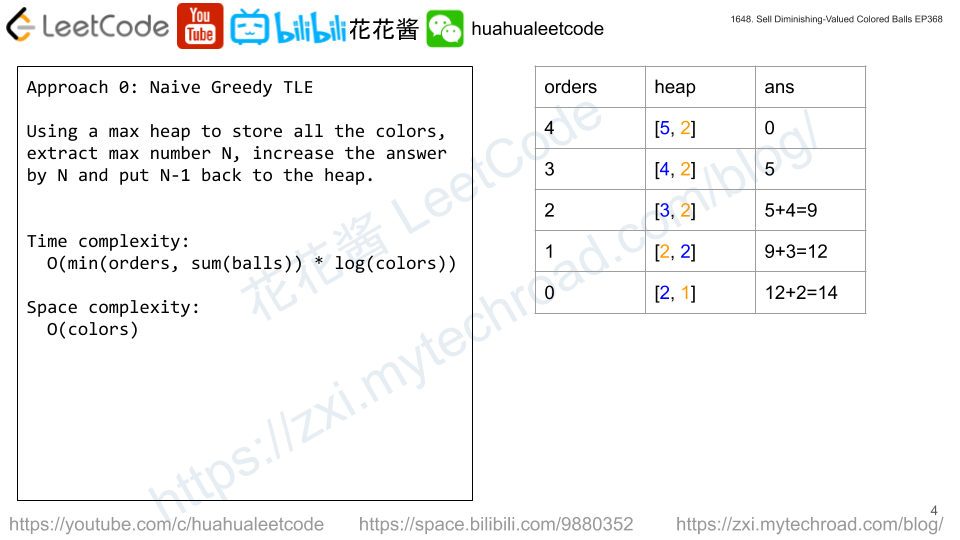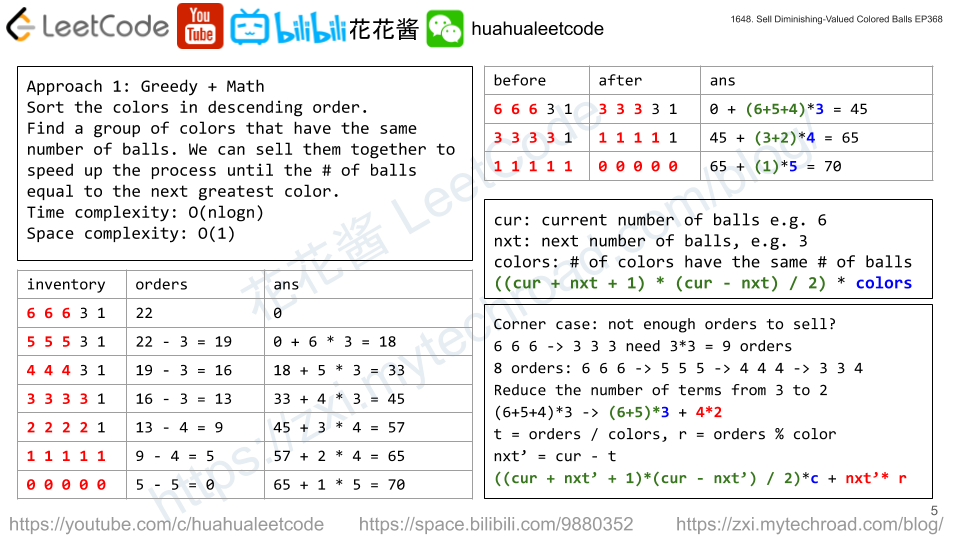You have a bomb to defuse, and your time is running out! Your informer will provide you with a circular array code of length of n and a key k.
To decrypt the code, you must replace every number. All the numbers are replaced simultaneously.
- If
k > 0, replace theithnumber with the sum of the nextknumbers. - If
k < 0, replace theithnumber with the sum of the previousknumbers. - If
k == 0, replace theithnumber with0.
As code is circular, the next element of code[n-1] is code[0], and the previous element of code[0] is code[n-1].
Given the circular array code and an integer key k, return the decrypted code to defuse the bomb!
Example 1:
Input: code = [5,7,1,4], k = 3 Output: [12,10,16,13] Explanation: Each number is replaced by the sum of the next 3 numbers. The decrypted code is [7+1+4, 1+4+5, 4+5+7, 5+7+1]. Notice that the numbers wrap around.
Example 2:
Input: code = [1,2,3,4], k = 0 Output: [0,0,0,0] Explanation: When k is zero, the numbers are replaced by 0.
Example 3:
Input: code = [2,4,9,3], k = -2 Output: [12,5,6,13] Explanation: The decrypted code is [3+9, 2+3, 4+2, 9+4]. Notice that the numbers wrap around again. If k is negative, the sum is of the previous numbers.
Constraints:
n == code.length1 <= n <= 1001 <= code[i] <= 100-(n - 1) <= k <= n - 1
Solution 1: Simulation
Time complexity: O(n*k)
Space complexity: O(n)
C++
|
1 2 3 4 5 6 7 8 9 10 11 12 |
class Solution { public: vector<int> decrypt(vector<int>& code, int k) { const int n = code.size(); vector<int> ans(n); int sign = k > 0 ? 1 : -1; for (int i = 0; i < n; ++i) for (int j = 1; j <= abs(k); ++j) ans[i] += code[(i + j * sign + n) % n]; return ans; } }; |



